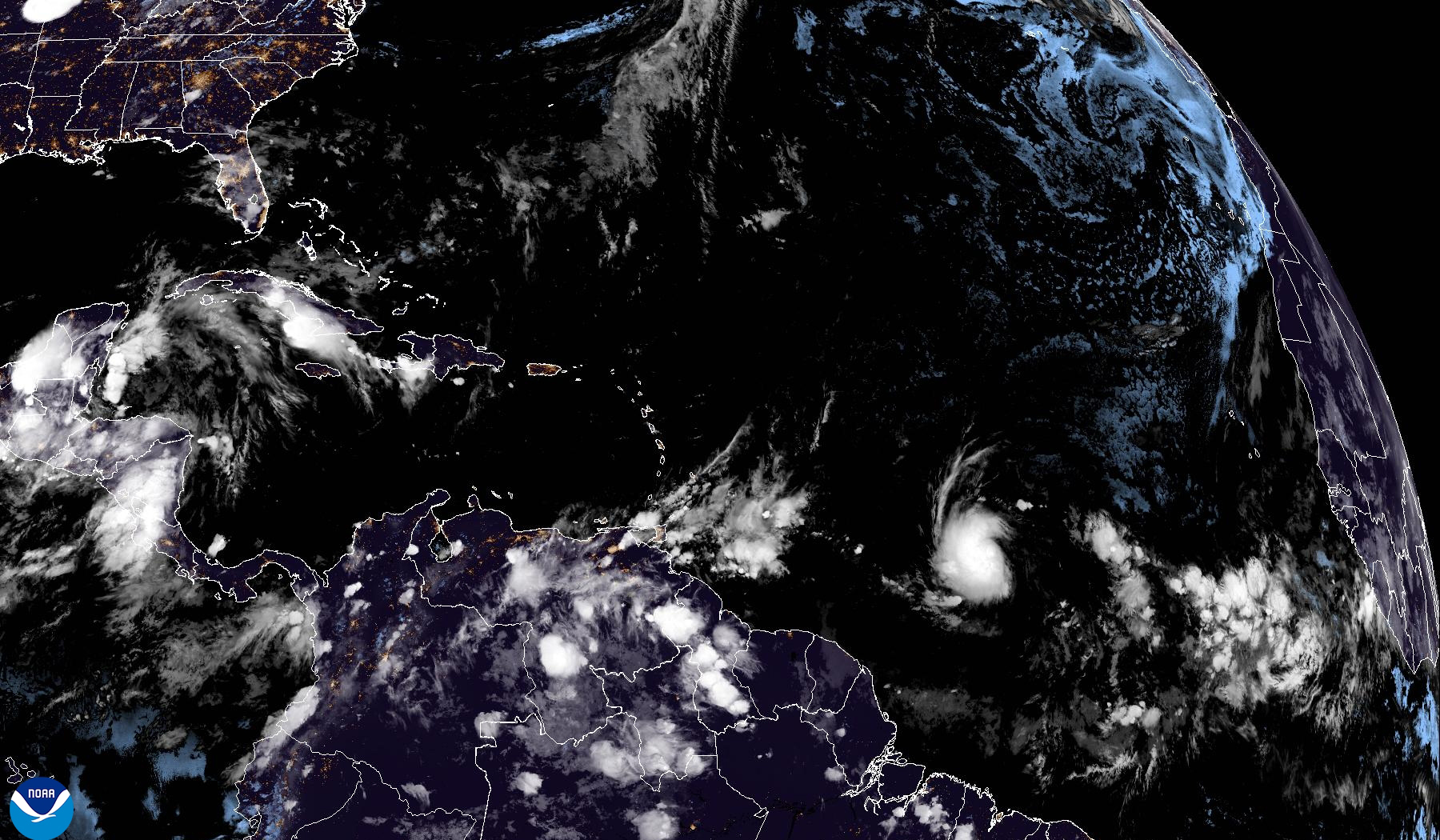Tropical Storm Beryl

National hurricane center beryl – Tropical Storm Beryl emerged from a tropical wave that traversed the tropical Atlantic Ocean during the first week of July. The wave exhibited signs of organization as it approached the Lesser Antilles, and on July 5th, the National Hurricane Center (NHC) designated it as Tropical Depression Two. The depression strengthened into Tropical Storm Beryl later that day as it continued westward across the Caribbean Sea.
Path and Predicted Trajectory
Beryl is currently tracking west-northwestward at 12 mph (19 km/h) and is anticipated to maintain this general motion over the next few days. The storm is expected to pass near or over the southern coast of Jamaica on Tuesday night and into Wednesday morning, before moving into the northwestern Caribbean Sea. After that, Beryl is forecast to turn northwestward and approach the Yucatan Peninsula late Wednesday or early Thursday.
Current Intensity and Wind Speeds, National hurricane center beryl
As of 5 AM AST on July 6th, Tropical Storm Beryl has maximum sustained winds of 40 mph (65 km/h) with higher gusts. The storm is expected to strengthen gradually over the next few days as it moves over the warm waters of the Caribbean Sea. However, Beryl is forecast to weaken slightly as it approaches the Yucatan Peninsula due to interaction with land.
Impacts of Beryl: National Hurricane Center Beryl

Tropical Storm Beryl has the potential to bring significant impacts to coastal areas. The storm is expected to produce heavy rainfall, leading to the risk of flooding. Additionally, storm surge and wind damage are also major concerns.
Evacuation orders have been issued for some coastal areas, and residents are urged to follow these orders and seek shelter in a safe location. Emergency preparedness measures, such as securing loose objects and having an emergency plan in place, are also crucial.
Flooding
Heavy rainfall associated with Beryl could lead to widespread flooding in coastal areas. Low-lying areas are particularly vulnerable, and residents should be prepared for the possibility of evacuating to higher ground.
Storm Surge
Storm surge is a rise in sea level caused by the force of the wind. Beryl is expected to produce a storm surge of several feet, which could inundate coastal areas and cause significant damage to property and infrastructure.
Wind Damage
Strong winds associated with Beryl could cause widespread wind damage. Trees and power lines may be downed, and buildings could be damaged or destroyed. Residents should secure loose objects and take precautions to protect their homes and businesses.
National Hurricane Center’s Response

The National Hurricane Center (NHC) is responsible for monitoring and forecasting tropical cyclones in the Atlantic Ocean and eastern Pacific Ocean. The NHC issues hurricane watches and warnings to alert coastal communities of potential hazards from approaching tropical cyclones.
Issuance of Hurricane Watches and Warnings
A hurricane watch means that hurricane conditions are possible within the specified area, generally within 48 hours. A hurricane warning means that hurricane conditions are expected within the specified area, generally within 36 hours.
Latest Advisories and Bulletins
The NHC issues advisories and bulletins on tropical cyclones every six hours. These advisories and bulletins contain the latest information on the storm’s location, intensity, and track. The NHC also issues special tropical weather outlooks when there is a potential for tropical cyclone development within the next 48 hours.